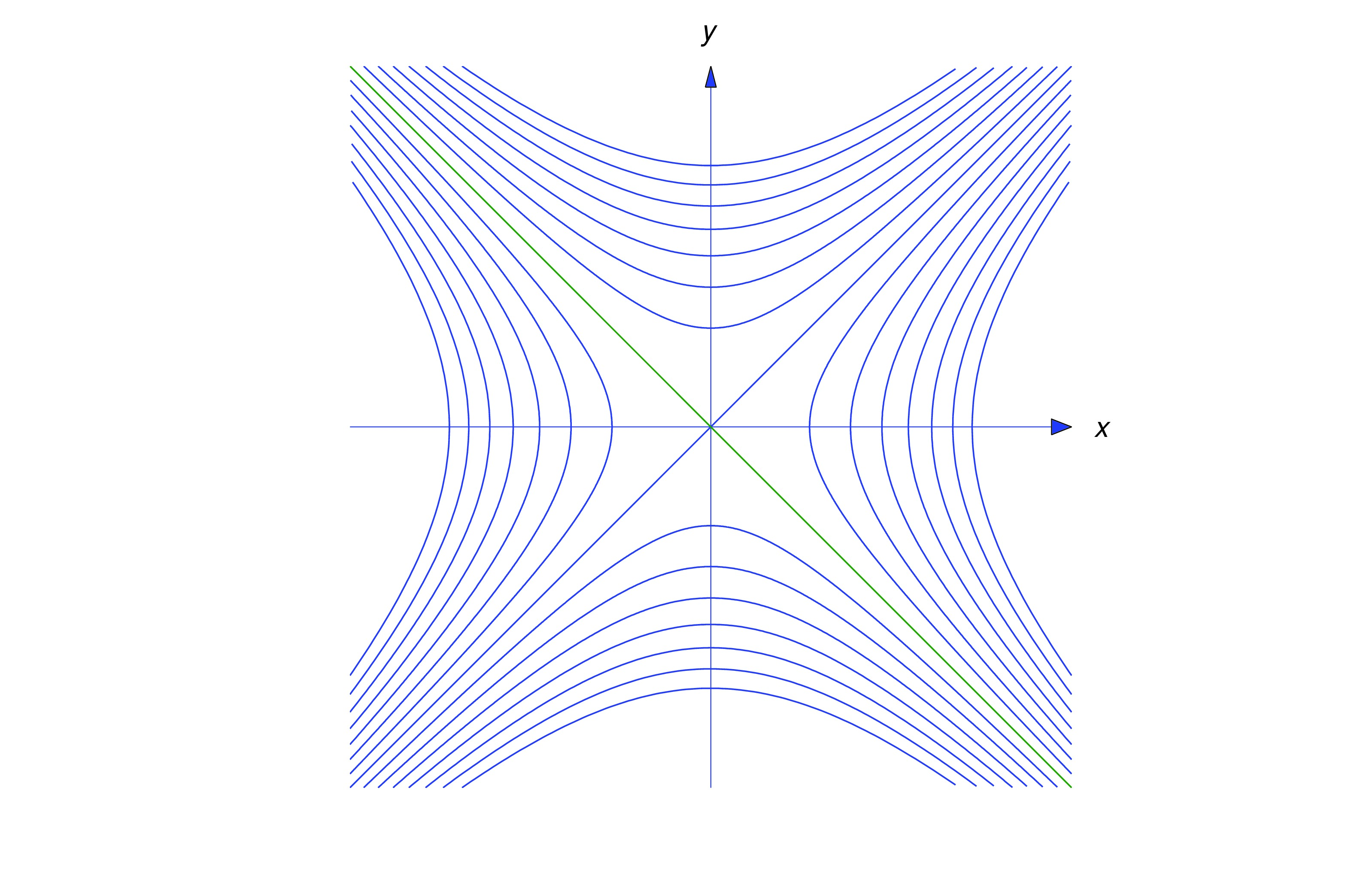

At Padua he worked closely with Angeli whose :.
#Vera circuli et hyperbolae quadratura series
He visited Flanders, Rome and Paris on his journey but spent most time at the University of Padua where he worked on using infinite convergent series to find the areas of the circle and hyperbola. Moray was to play a major role in Gregory's career somewhat later. However, Huygens was not in Paris and the meeting did not materialise. In London Gregory also met Robert Moray, president of the Royal Society, and Moray attempted to arrange a meeting between Gregory and Huygens in Paris. However, Hooke learnt of Reive's failed attempt at making the parabolic mirror and this would lead to a successful construction of the first Gregorian telescope around ten years later. His attempt did not satisfy Gregory who decided to give up the idea of having Reive construct the instrument. Collins advised him to seek the help of a leading optician by the name of Reive who, at Gregory's request, tried to construct a parabolic mirror. His other aim was to find someone who could construct a telescope to the design set out in his book. One of Gregory's aims was to have Optica Promota published and he achieved this. There he met Collins and a lifelong friendship began. on his lack of skill in the technique of lens and mirror making. The book was only a theoretical description of the telescope for at this stage one had not been constructed. He showed that the combination would work more effectively than a telescope which used only mirrors or used only lenses. His novel idea was to use both mirrors and lenses in his telescope. The tube of the Gregorian telescope is thus shorter than the sum of the focal lengths of the two mirrors. There is a central hole in the main mirror through which the light passes and is brought to a focus by an eyepiece lens. Reflection of light rays from its surface converge to the ellipsoid's second focus which is behind the main mirror. A primary concave parabolic mirror converges the light to one focus of a concave ellipsoidal mirror. Next Gregory gives details of his invention of a reflecting telescope. There follows propositions on mathematical astronomy discussing parallax, transits and elliptical orbits. He then gives 59 theorems on reflection and refraction of light. The book begins with 5 postulates and 37 definitions. Gregory, in Optica Promota, describes the first practical reflecting telescope now called the Gregorian telescope. The reader may not understand Gregory's reference to "the elliptic inequality" which in fact refers to Kepler's discoveries. Moved by a certain youthful ardour and emboldened by the invention of the elliptic inequality, I have girded myself with these optical speculations, chief among which is the demonstration of the telescope. Encouraged by his brother David, he wrote a book on the topic Optica Promota. Gregory began to study optics and the construction of telescopes. is a disease I am happily acquainted with, for since that time I never had the least indisposition nevertheless that I was of a tender and sickly constitution formerly. Once he had shaken off this problem his health was good, however, and he wrote some years later that the quartan fever (see for example ):. He suffered for about eighteen months from the quartan fever which is a fever which recurs at approximately 72-hour intervals. He attended Grammar School and then proceeded to university, studying at Marischal College in Aberdeen. James was given Euclid's Elements to study and he found this quite an easy task. His father John Gregory died in 1651 when James was thirteen and at this stage James's education was taken over by his brother David who was about 23 at the time. James learnt mathematics first from his mother who taught him geometry. He had two older brothers Alexander (the eldest ) and David, and there was an age gap of ten years between James and David. James was the youngest of his parents three children. He acted as an editor for Viète and fully incorporated Viète's ideas into his own teaching in Paris. Janet Anderson's brother, Alexander Anderson, was a pupil of Viète. James seems to have inherited his genius through his mother's side of the family. was a man of courage and foresight but was not conspicuous for outstanding intellectual gifts. John Gregory had studied at Marischal College in Aberdeen, then gone on to study theology at St Mary's College in the University of St Andrews before spending his life in the parish of Drumoak. His father was John Gregory and his mother was Janet Anderson. This is a small parish on the river Dee, about fifteen kilometres west of Aberdeen. Biography James Gregory was born in the Manse of Drumoak.


 0 kommentar(er)
0 kommentar(er)
